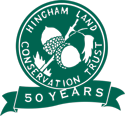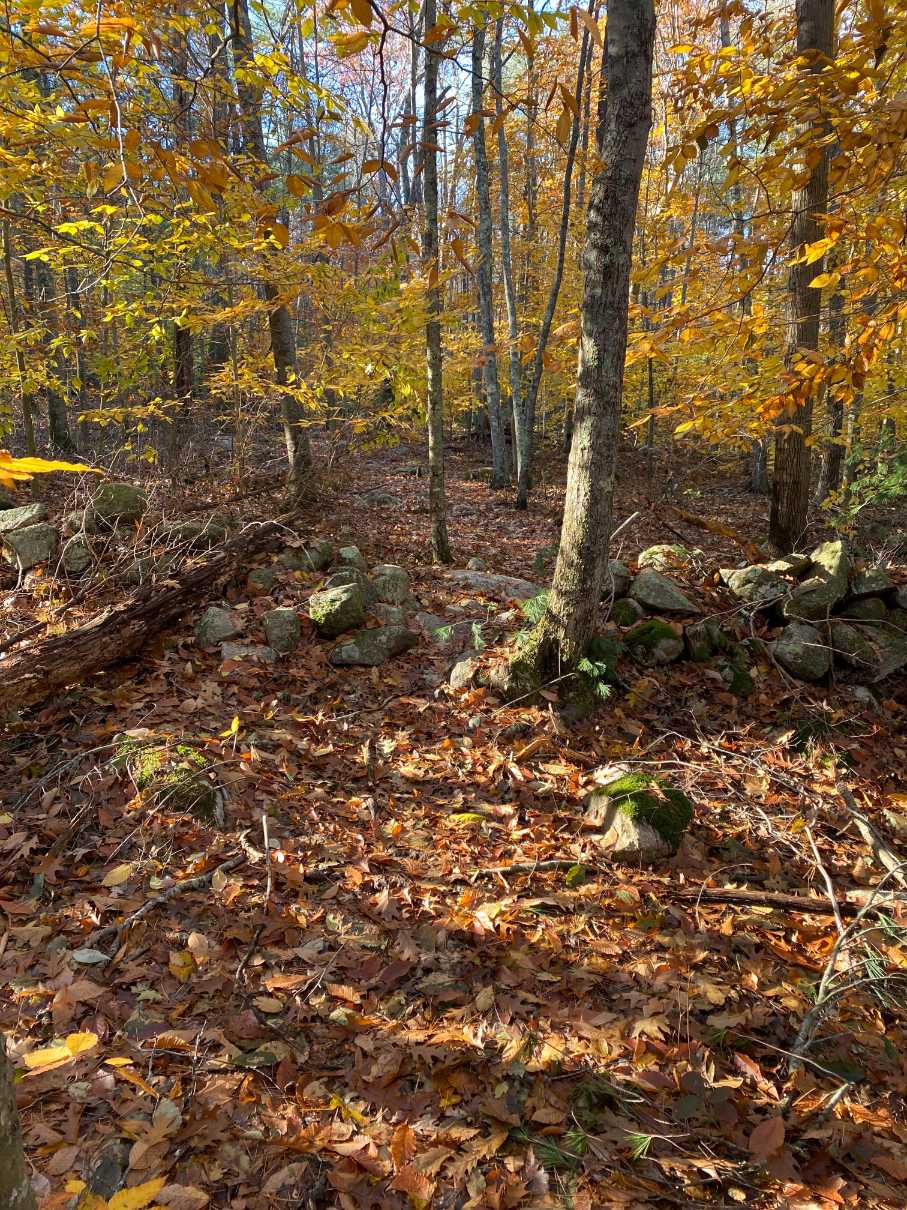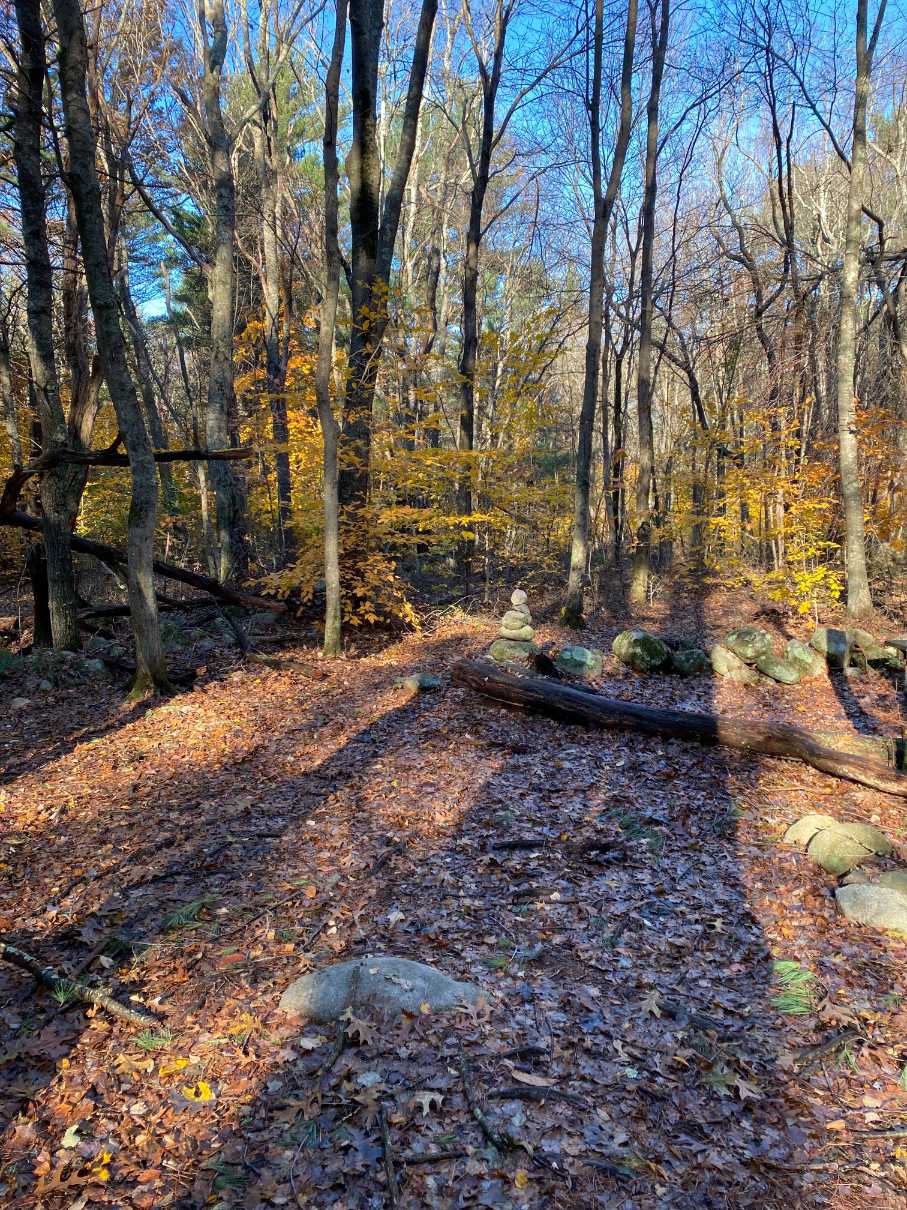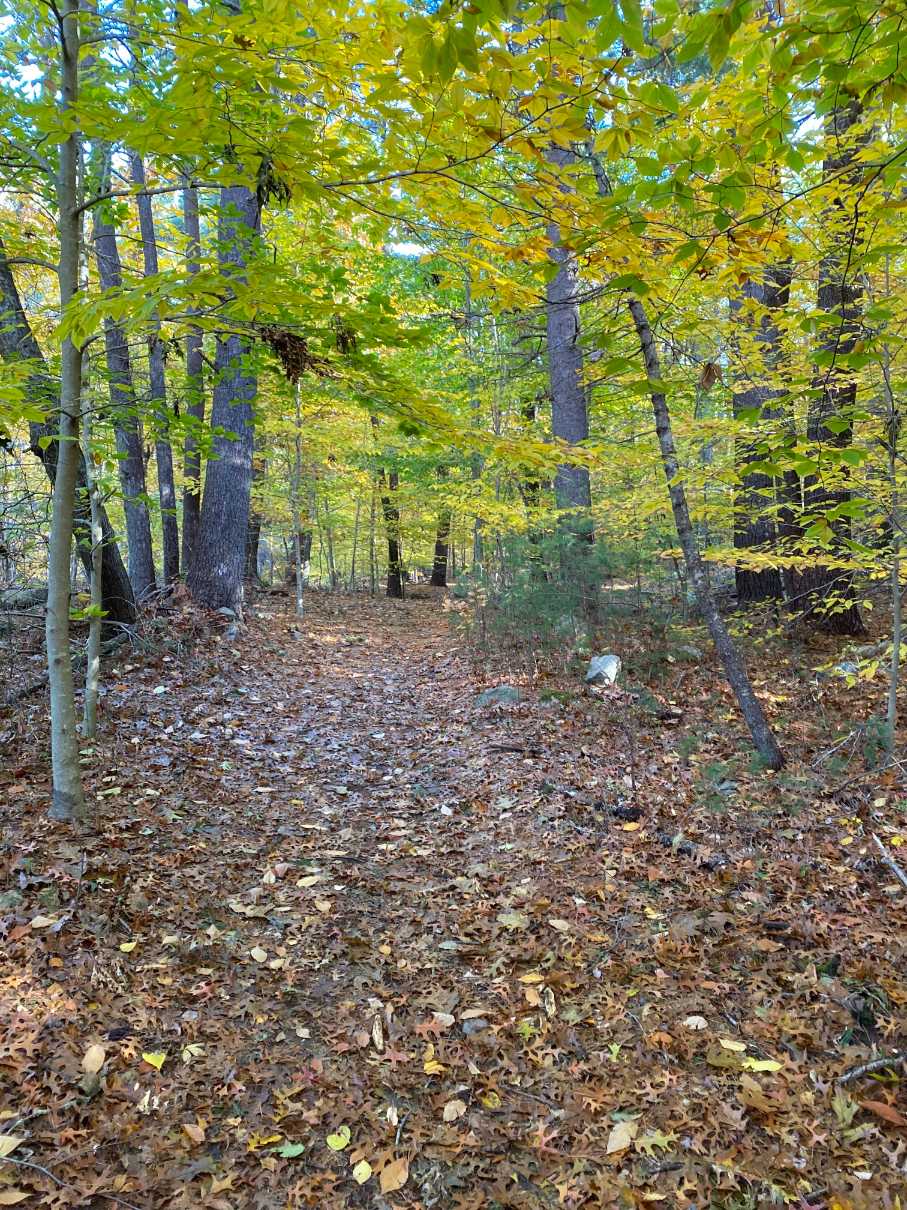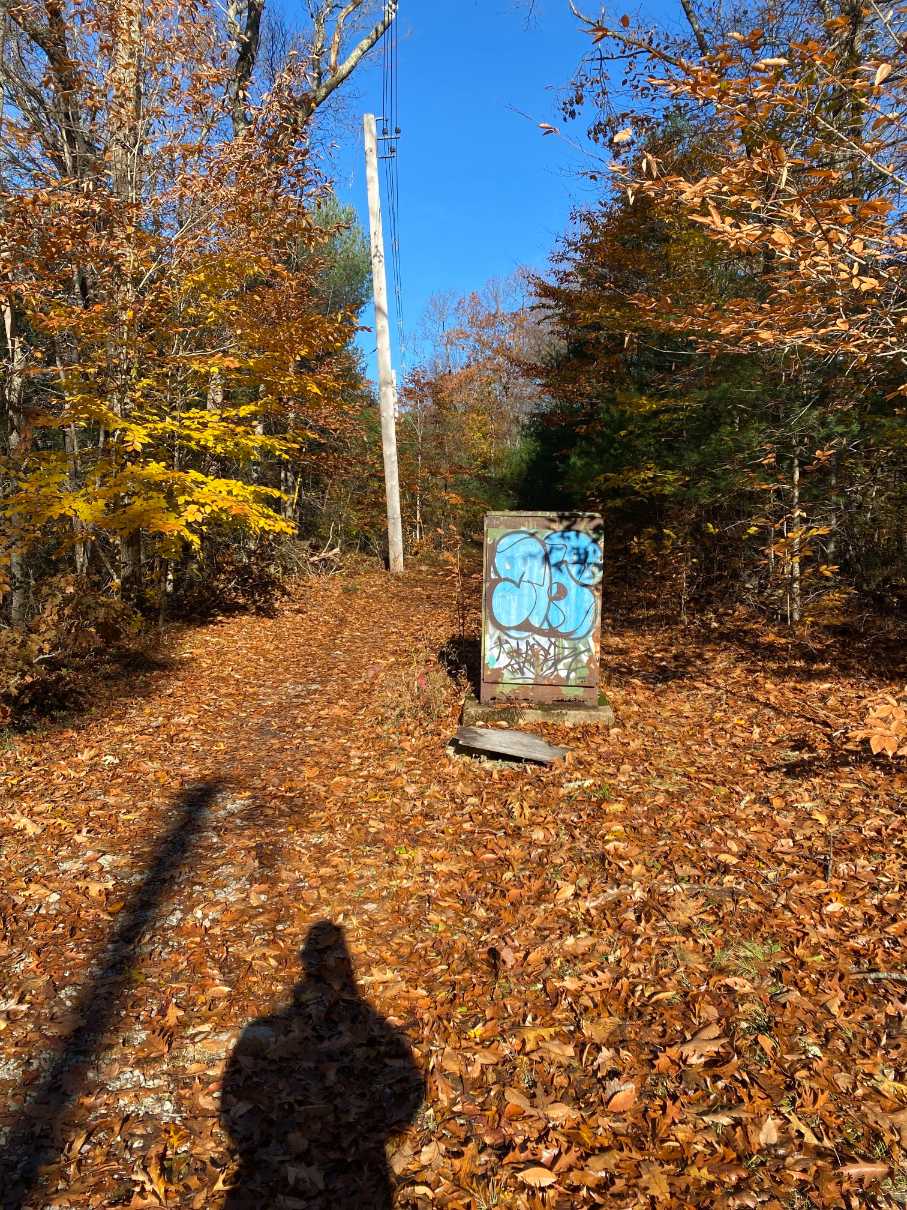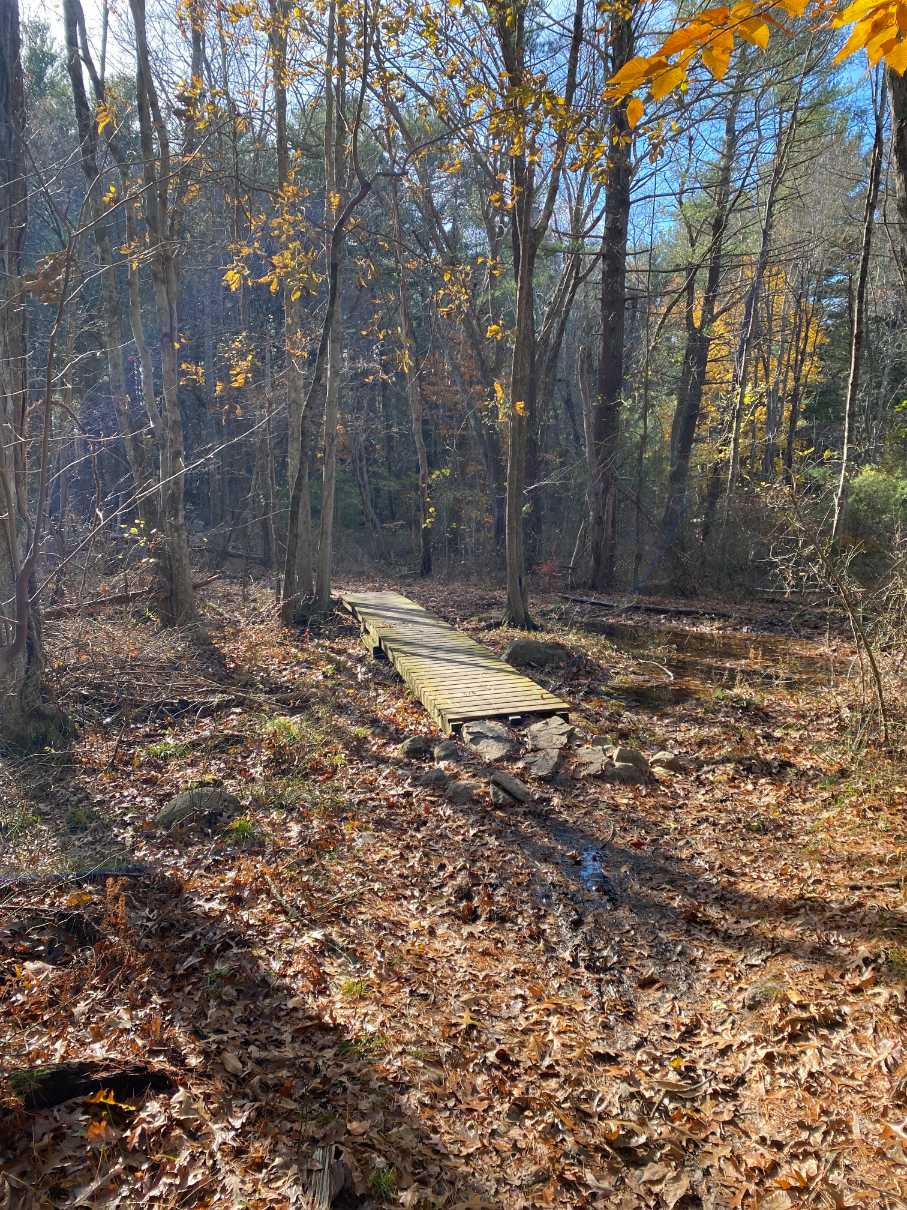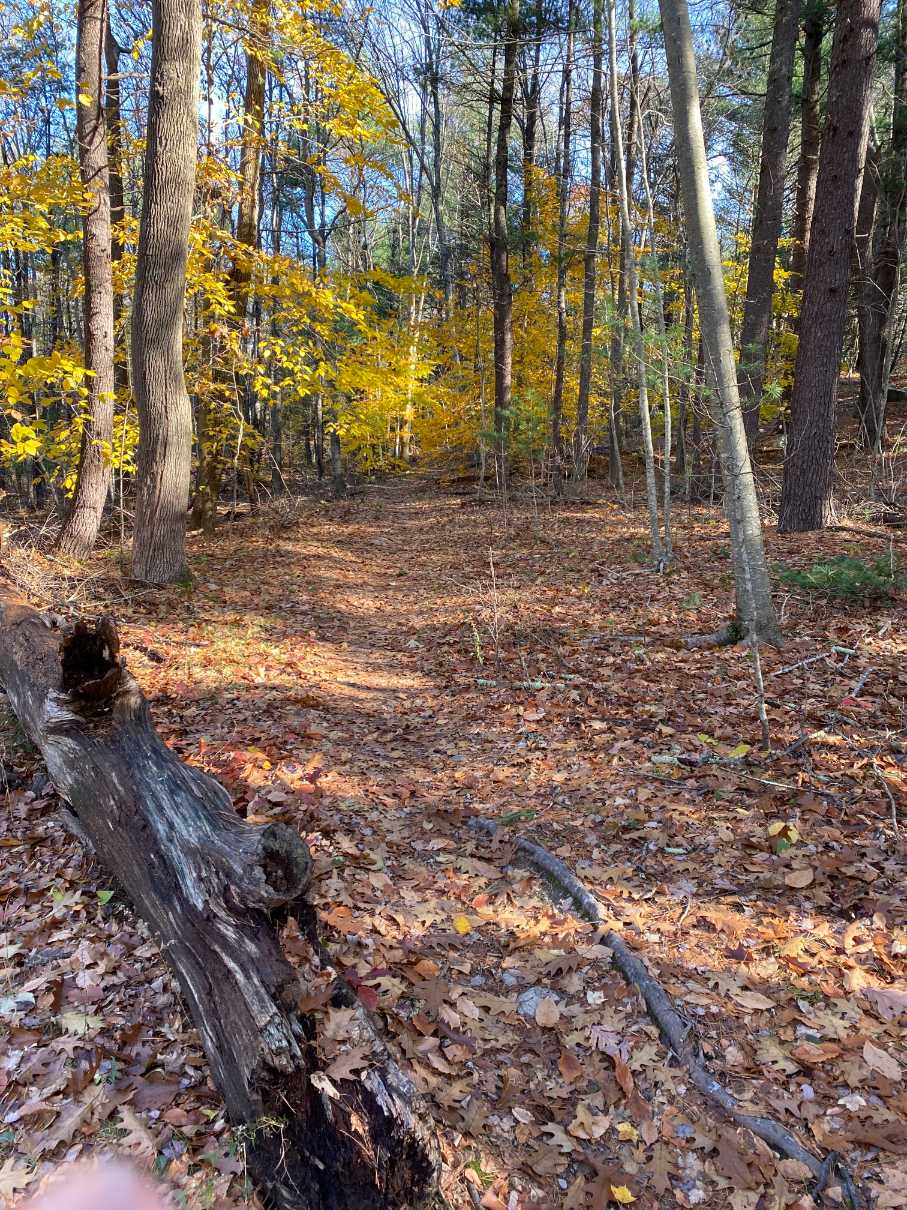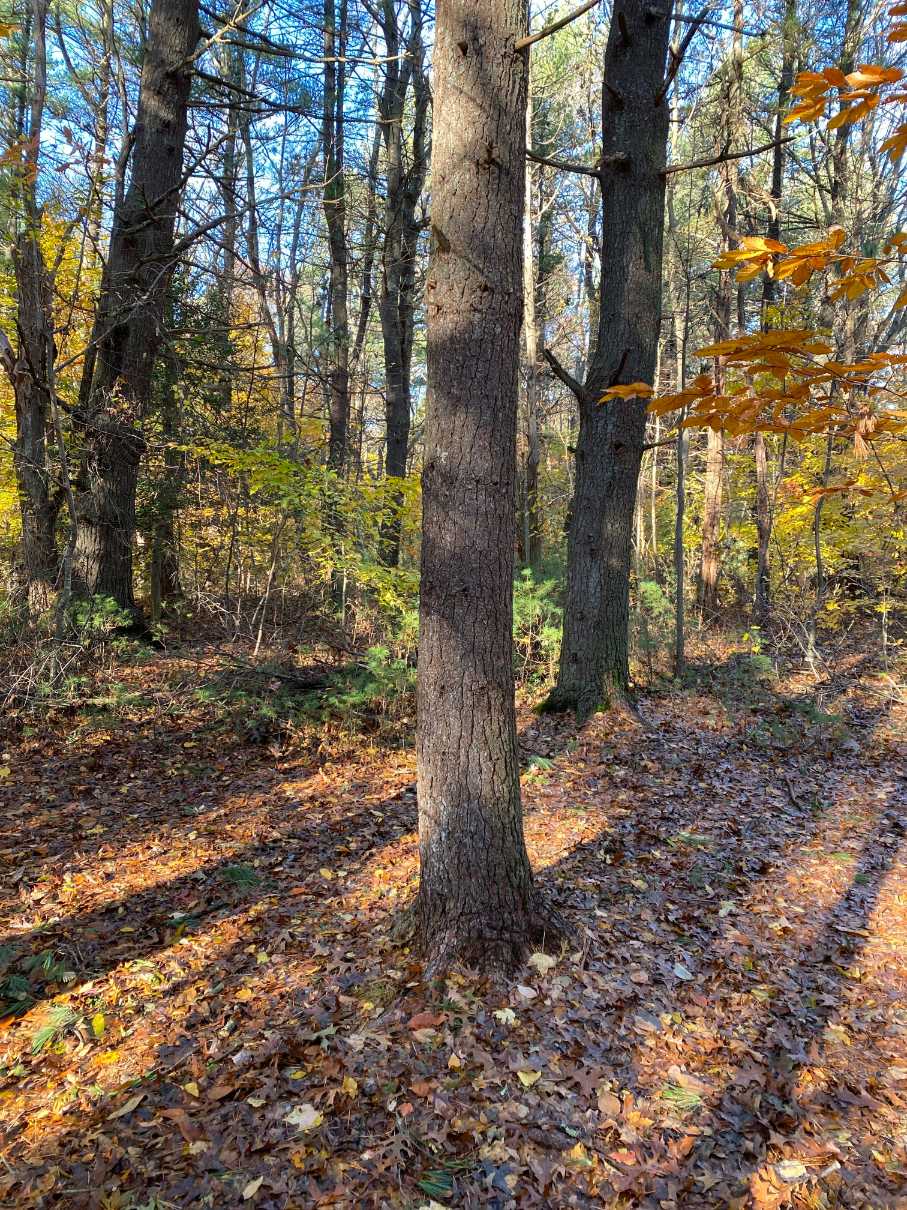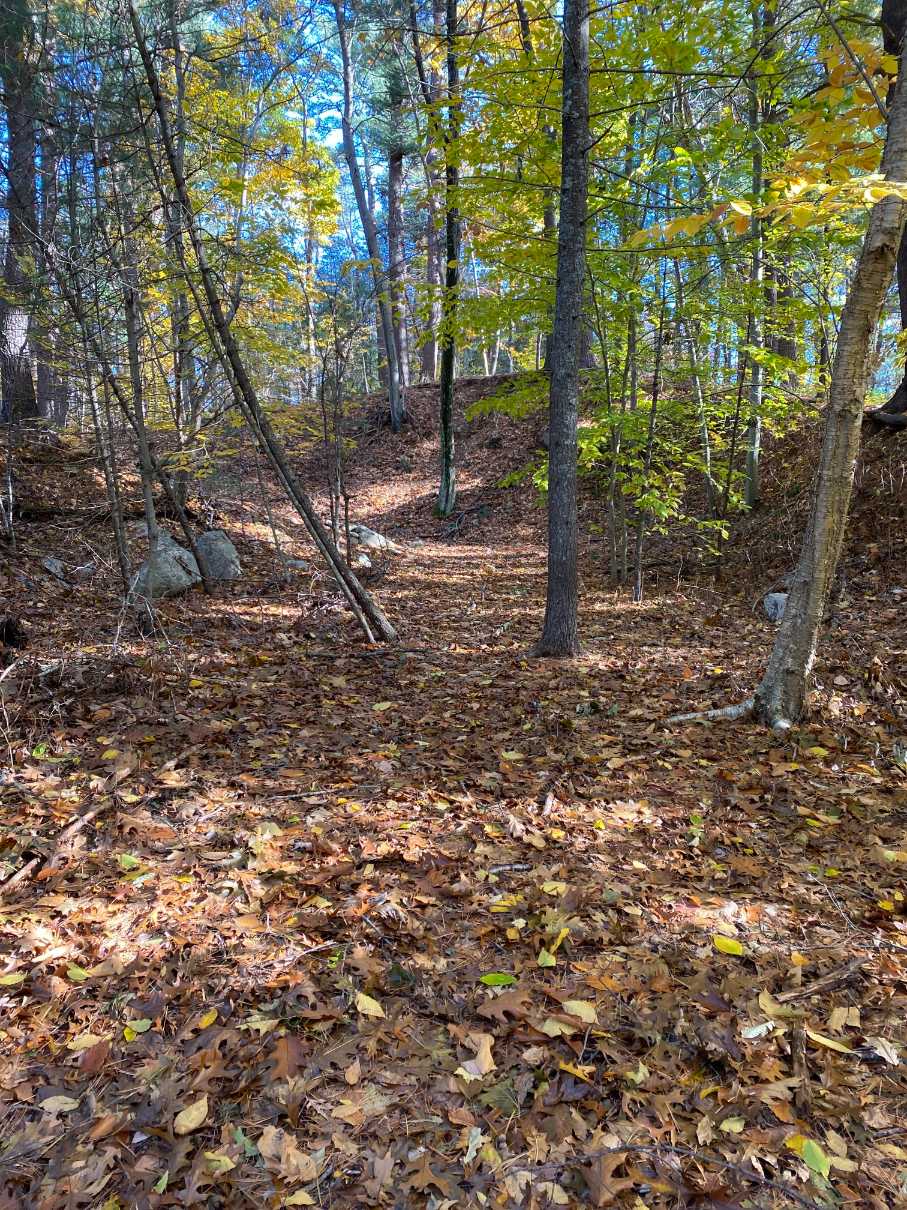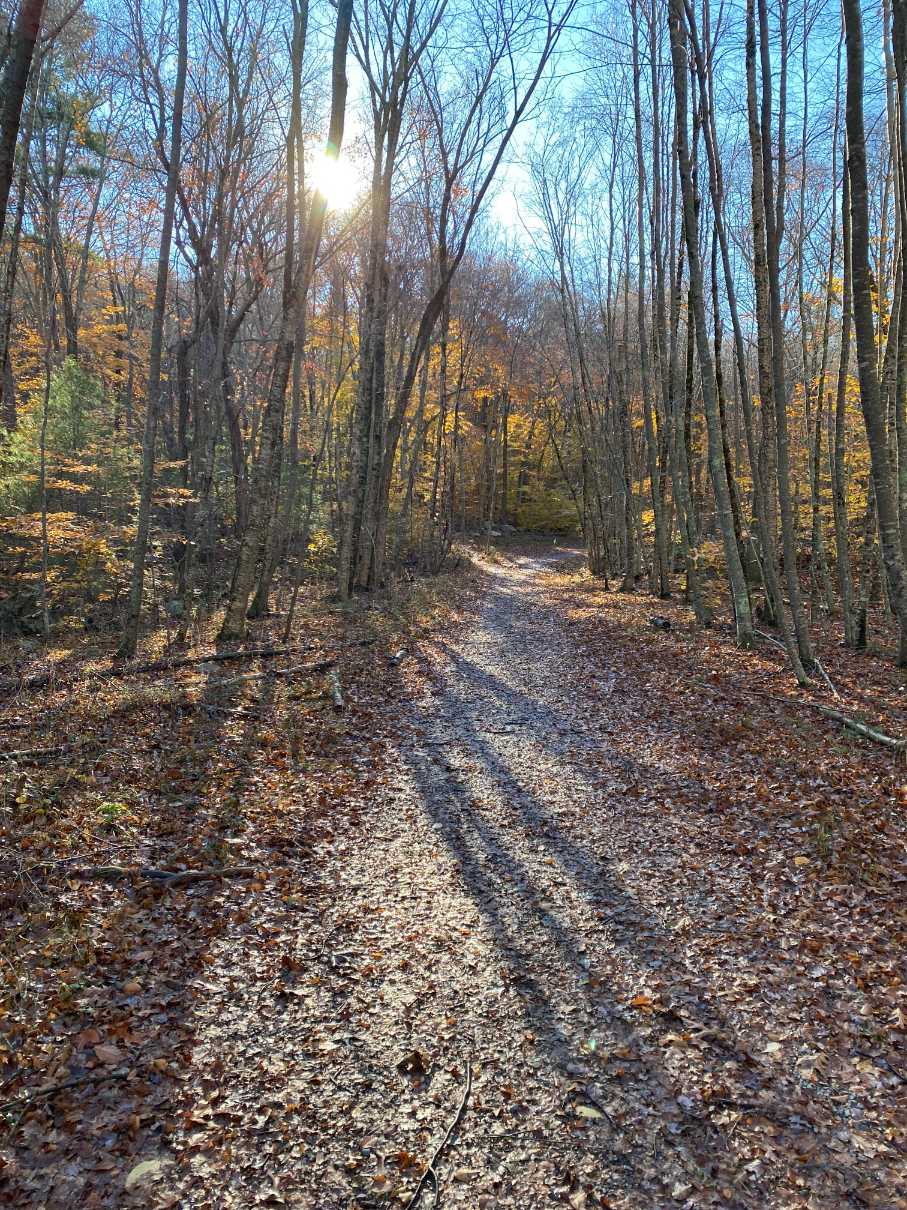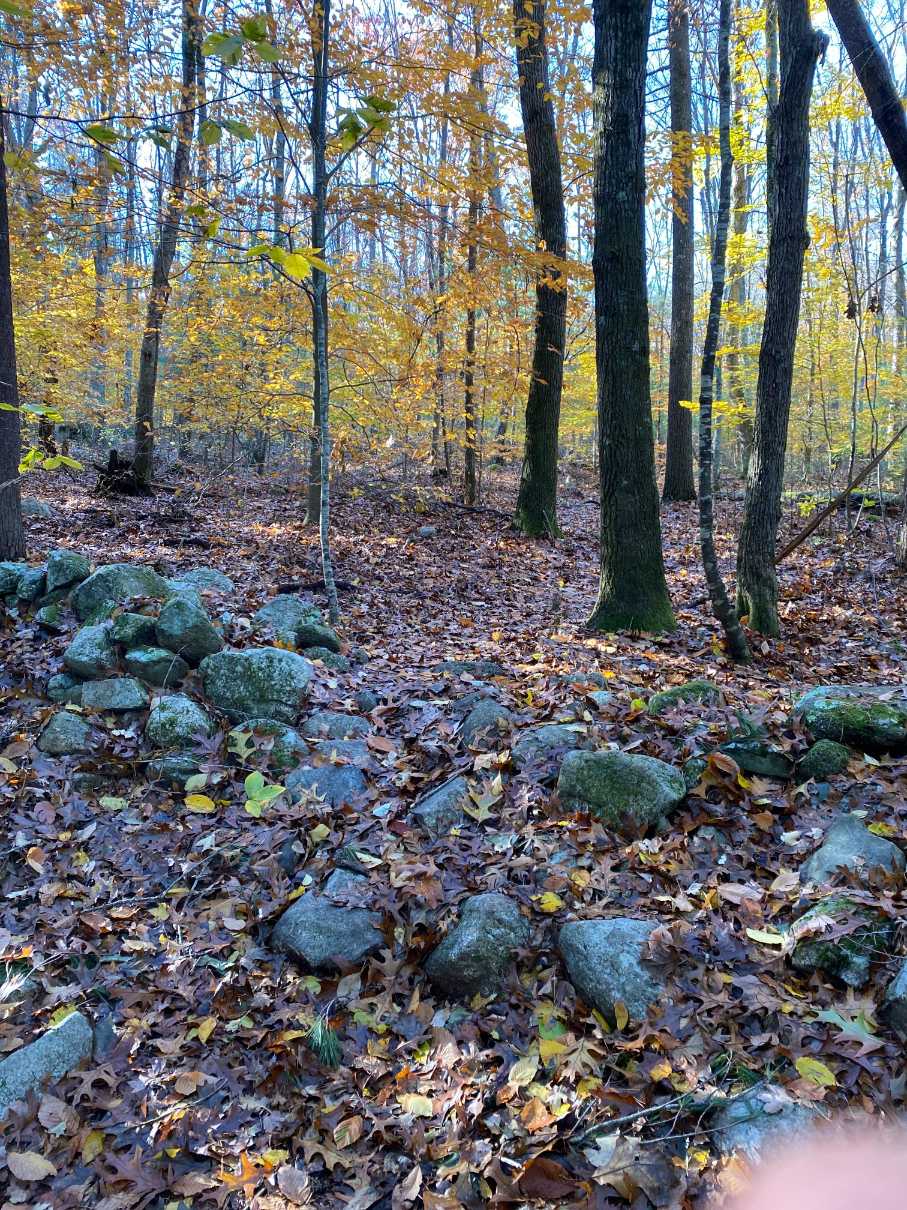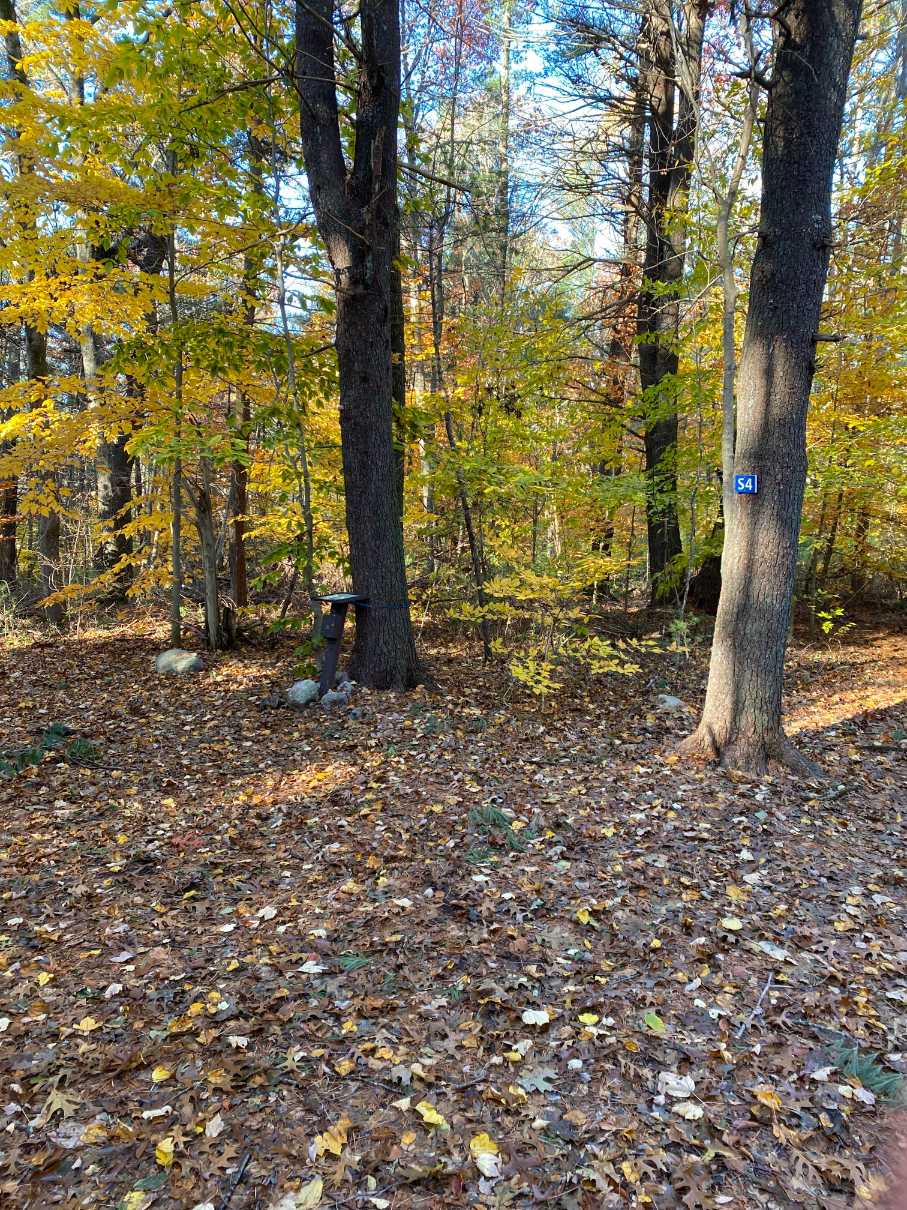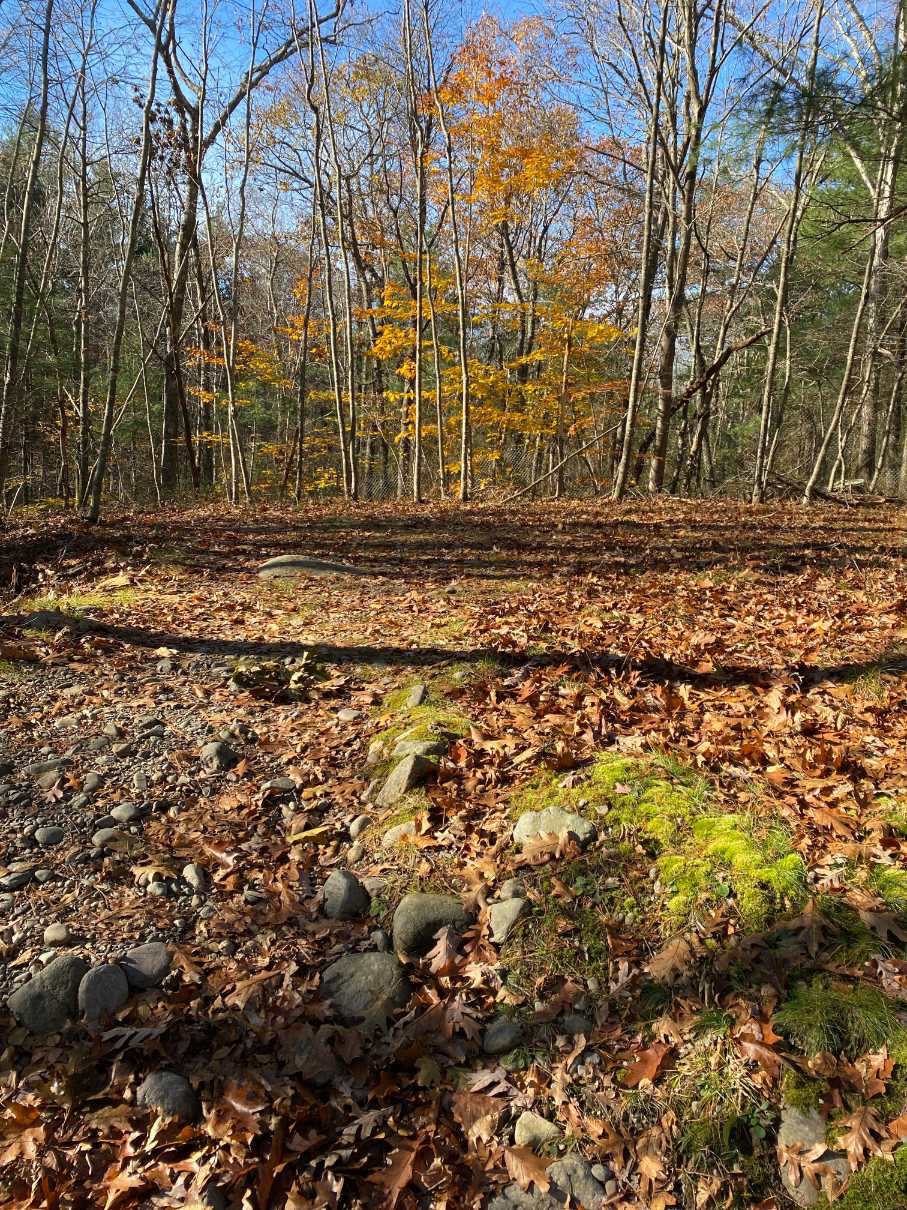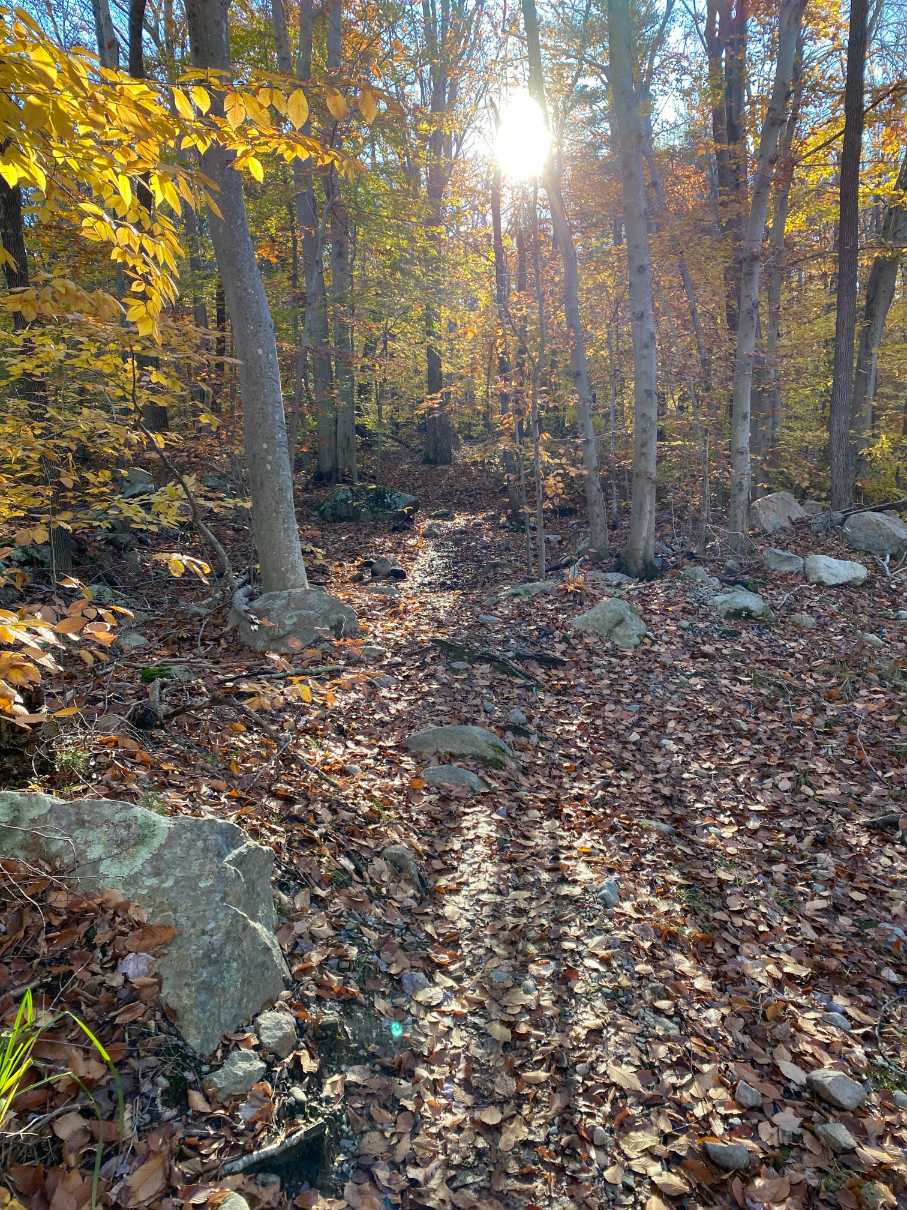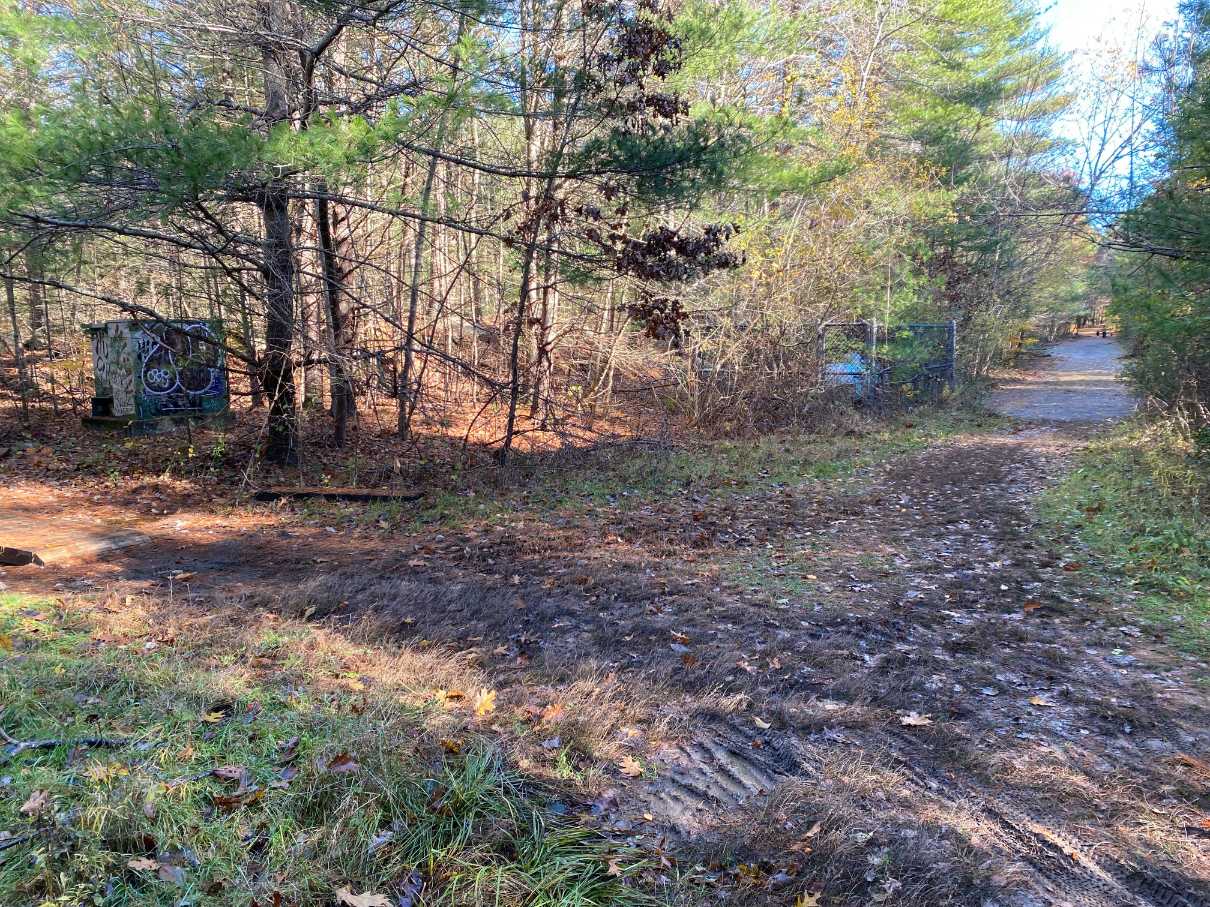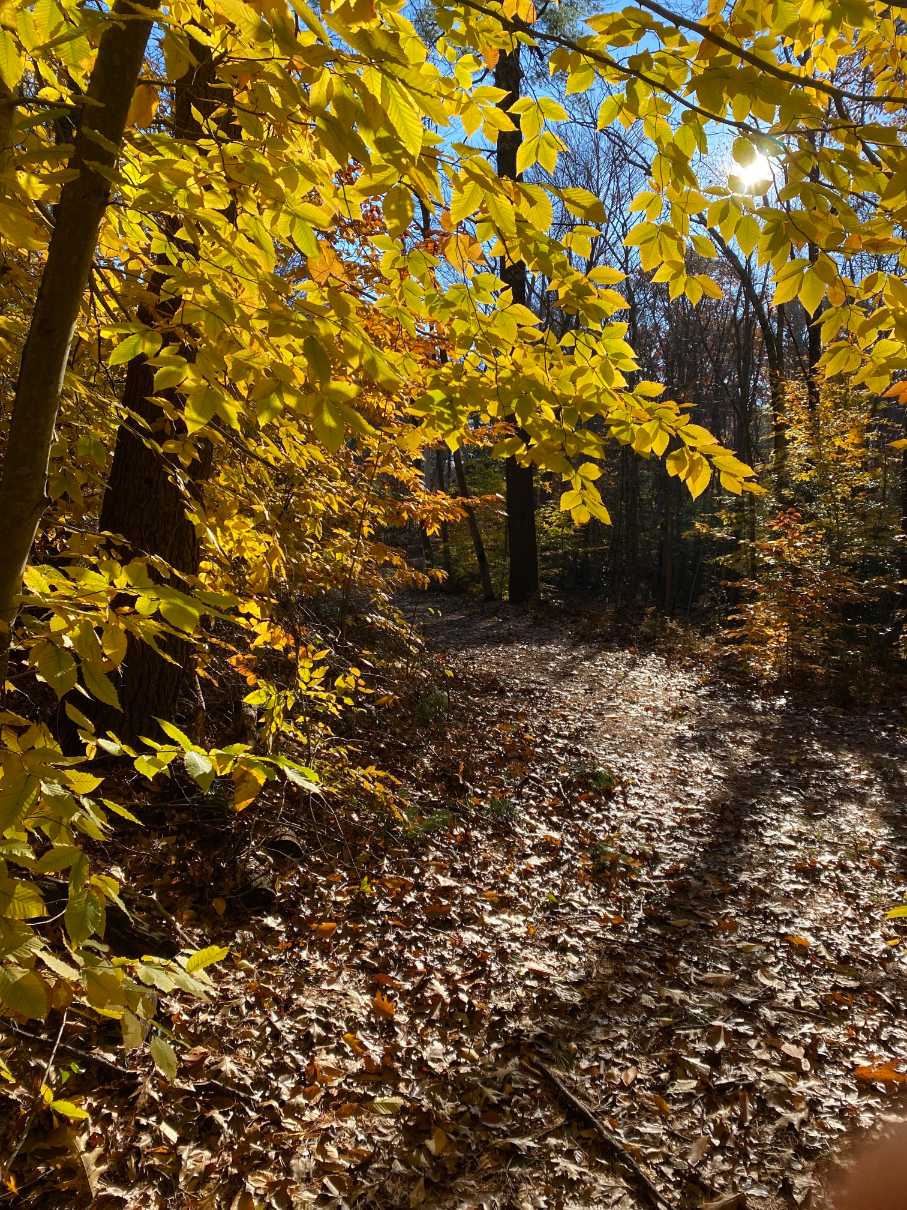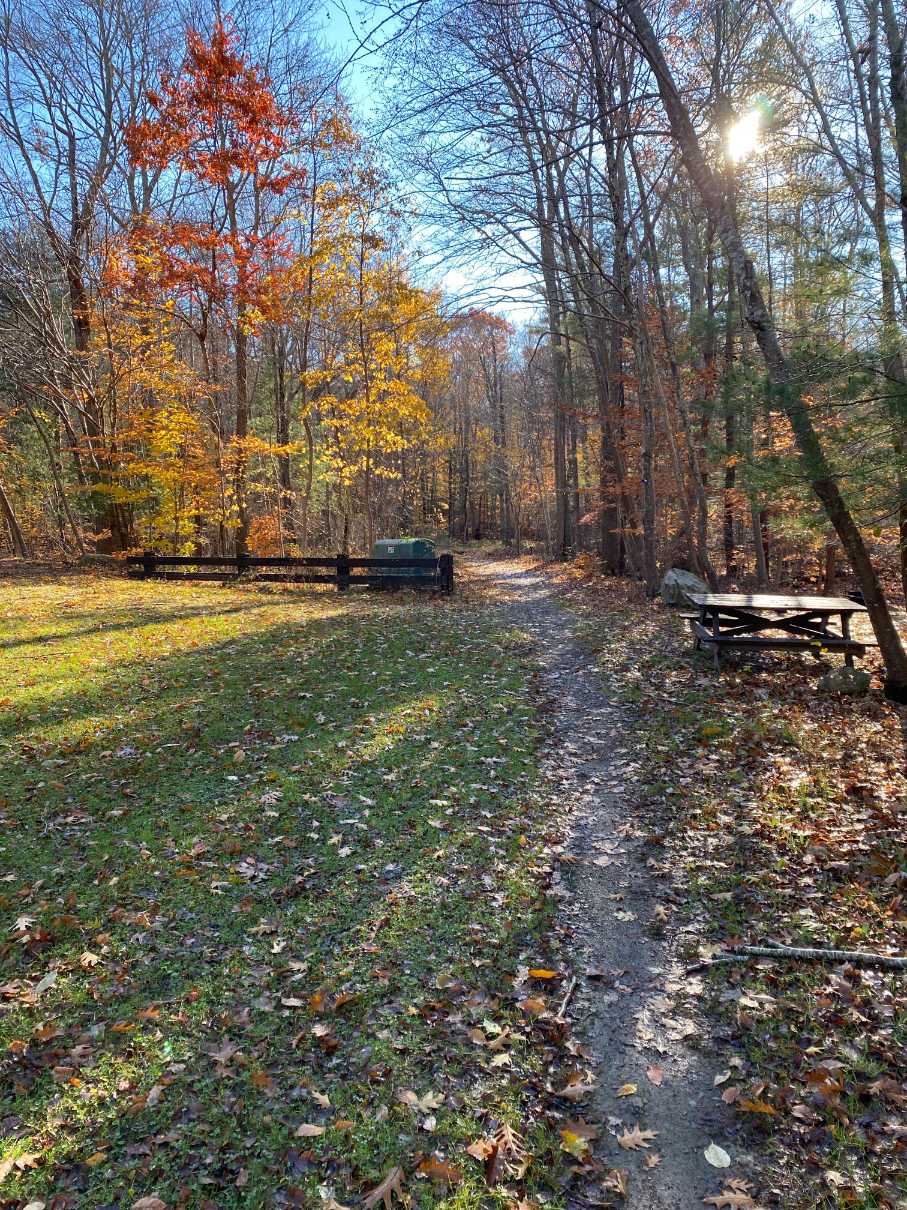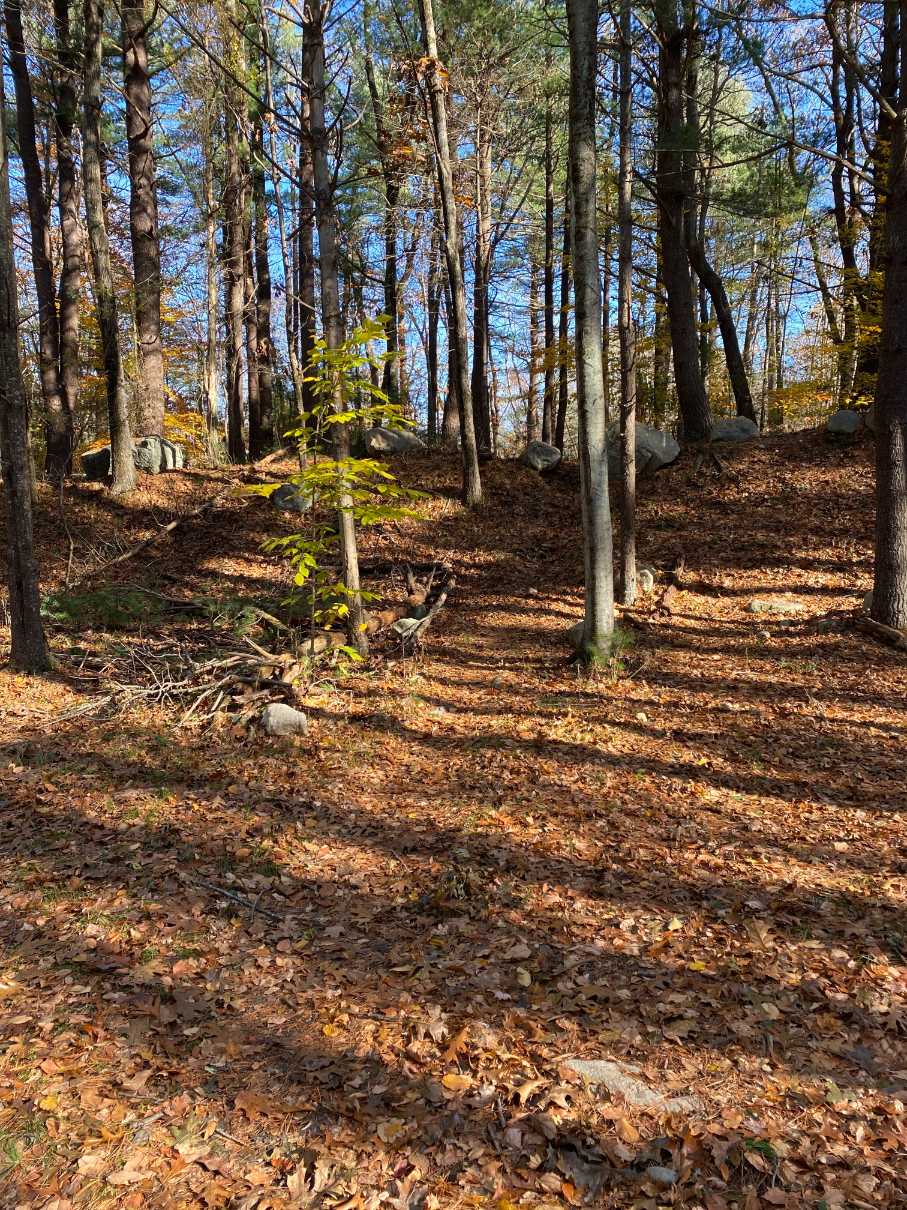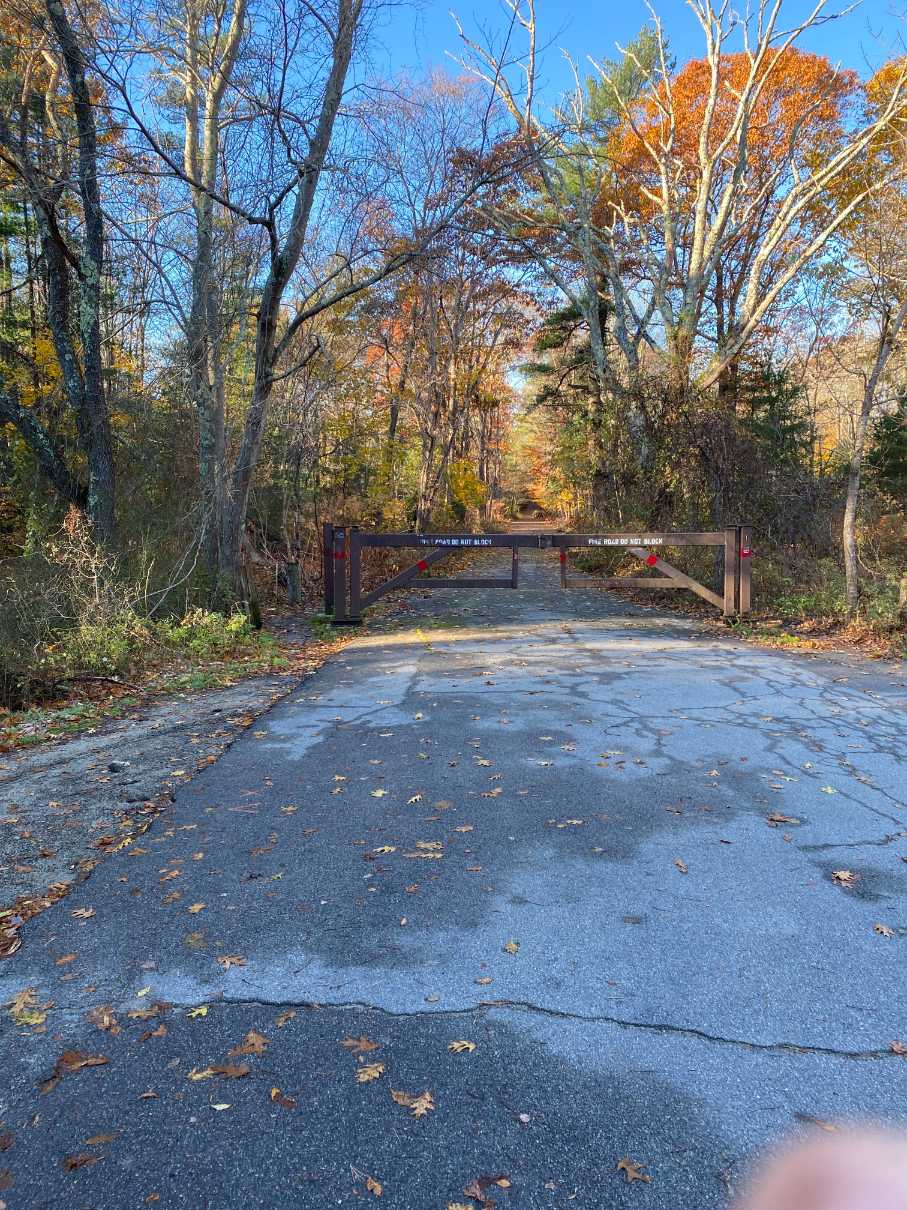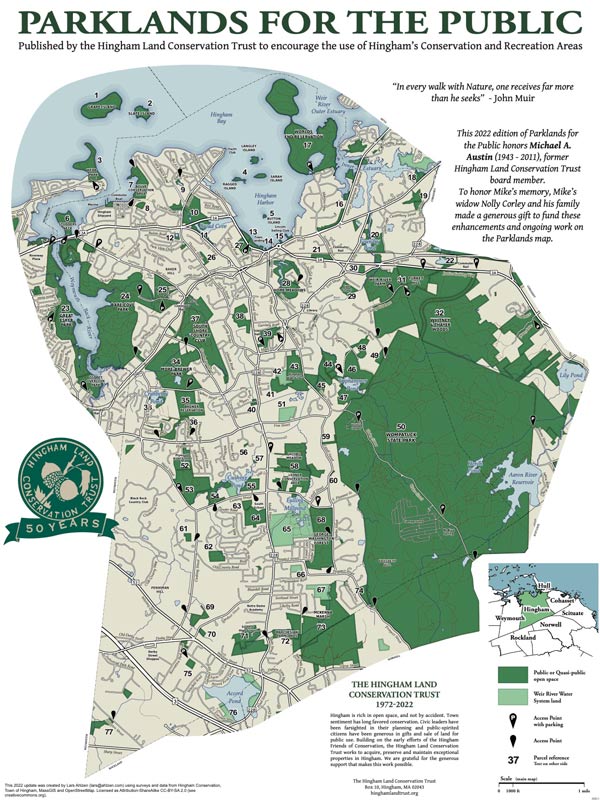Encompassing 3,500 acres (1540 in Hingham), this heavily wooded park is one of the town’s greatest conservation assets. It stretches into four towns – Hingham, Cohasset, Scituate and Norwell. The park falls inside the area bound by land in Hingham and Norwell in the west, Hingham and Cohasset in the north, Cohasset and Scituate in the east and Norwell in the south. In the west, Prospect street in Norwell and residential property east of Prospect, Charles, Lazell and Free Streets; Triphammer Woods and Triphammer Pond Conservation Land; and a mix of residential and conservation land north of Triphammer Pond, in Hingham and Cohasset form the boundary. On the north, Whitney and Thayer Woods and Town land in Cohasset form the boundary. On the east Brass Kettle Conservation Area and residential land west of Doane and Church Streets in Cohasset and west of Summer Street and north of Clapp Road in Scituate form the boundary. On the south residential property north of Mount Hope Street west of Mount Blue Street and north of Grove Street in Norwell form the boundary.
The terrain of the park is extensively shaped by the glacial period. Prospect Hill, near the southwest corner of the park, is the highest point in Hingham at 240’ above sea level. Mount Hope is in the southeast corner of the park, north of Mount Blue, which is south of the park in Norwell. Turkey Hill is north of the park in Cohasset. This park is also the site of a glacial erratic, the Burbank Boulder. This boulder which balances itself at three points equally distant from each other, was left on the earth’s surface by glaciers. The Burbank Boulder is located in the northeast area of the park near Whitney Thayer Woods.
Water features include Cohasset’s Aaron River Reservoir which was created by damming the Aaron which flows east from Holly Pond. Other water features include: Mount Blue Spring, a source of potable spring water, and Woodpecker, Wildcat, and Heron ponds. Accord Brook, which originates in Accord Pond, flows north along the park’s border, from the Hingham-Norwell town line to S. Pleasant Street. The brook continues north to Triphammer Pond and ultimately flows into the Weir River.
Accord Brook is the main waterway through Wompatuck Park. Originating at Accord Pond it flows along the southwest boundary of the park near Prospect Street north to South Pleasant St. It turns east into the park and flows north into and beyond Triphammer Pond and into the Weir River. Other major rivers are Aaron River and Bound Brook which originate near the Norwell border and flow east along Hingham’s borders with Norwell and Scituate into Aaron River Reservoir. The Aaron Reservoir Dam was constructed from 1976-1978. Below the dam, the river continues to flow on to Lilly (formerly Scituate) Pond. From there Bound Brook flows north along the Cohasset-Scituate border to Cohasset Harbor. A third watershed in Wompatuck is Brass Kettle Brook which flows from the base of Turkey Hill to the east along the north border of Wompatuck to Lilly Pond and on to Bound Brook.
This land that we call Wompatuck State Park was originally the property of the Wampanoag Tribe. In 1655, Chief Josiah Wompatuck, leader of the tribe, deeded the land, we now call Hingham and Cohasset, to the settlers from England. (Until 1775 when Cohasset was established as a separate town, it was part of Hingham.) In the 1700s, early settlers and ship captains held title to the area, but the land was never extensively developed. The tall trees were used for masts and stone walls were built to denote survey and boundary lines. During the 1800s, families maintained woodlots to heat their homes. The farmers used the fields to graze their horses, sheep, and oxen. Streams powered the Stockbridge Shingle Mill and water from Mt. Blue Spring was commercially bottled.
When the Civil War broke out all the local men were swept into the fight. Many never returned. In their absence, the land was not utilized and the forest started to reclaim it.
In 1941, the U.S. Navy acquired from private landowners all of the property in order to expand the already existing Hingham Naval Ammunitions Depot. The Annex was known by locals as the “Cohasset Annex”. The Annex was connected to the Ammunition Depot on the Back River, at what is now Bare Cove Park by railroad. There is a rail spur track at each of the sites linked to the Greenbush Line. Many cement bunkers were constructed and the area became a huge munitions storage depot. During World War II the Depot was the main ammunition supply for the North Atlantic naval forces. When World War II ended, this area reverted to maintenance status only. It was reactivated for the Korean conflict and once again went into full military operation. Explosives such as TNT loaded depth charges, bombs, fuses, projectiles, and cartridges were produced and stored along with the assembly of rocket motors. The park site served as the Cohasset Annex until 1962.
Scattered throughout the property are over 100 decommissioned military bunkers, which were used to store ammunition. Explosives such as TNT loaded depth charges, bombs, fuses, projectiles, and cartridges were produced and stored along with the assembly of rocket motors. Many of these bunkers have been backfilled, but some remain exposed, including one which housed parts of the Navy’s first nuclear depth charge in the 1950s. There are several old military buildings on the property, as well as an extensive network of abandoned railroad tracks. The railroad tracks fan out throughout the property from what is now known as the Whitney Spur Rail Trail at the northwest corner of the park. Remnants of buildings can often be found clustered near abandoned rail spurs. Most remaining buildings have had their roofs and windows removed and are open to the elements.
This all came to an end in 1962. The U.S. Navy deactivated the Cohasset Annex and in 1963 the land was declared surplus by the Navy. In 1966 the Commonwealth of Massachusetts took possession of the Cohasset Annex property. In 1967 the Massachusetts Department of Natural Resources purchased the 3496 acres to convert it to a public park.
In 1969 the park opened for limited outdoor recreational use, and in 1973 it was dedicated as Wompatuck State Park. In 1986 the Park acquired an additional 600 acres from the government.
The 1.5mile long Whitney Spur Rail Trail was constructed in 2003 on land owned by the Department of Conservation and Recreation from the MBTA Cohasset Commuter Rail Station parking lot to Wompatuck State Park.
On January 1, 2004, a 125 acre parcel off of Leavitt Street was added to the park. This section was opened to the public in 2014.
The park has a large number of paved roads remaining from its use as a Naval Ammunition Depot. Many of these roads go back to colonial times. Union Street, the main road through the park, begins in Hingham and extends south, all the way through the park, becoming Mount Blue Street as it enters Norwell. Leavitt Street, which once connected Cohasset’s Beechwood Area to Hingham’s Town Hall, extends into Wompatuck and becomes Doane Street at the Cohasset town boundary. South Pleasant Street runs east from Main Street in Hingham to Union Street in Wompatuck State Park. Lastly, Beechwood Street ran east from Union Street through the site of Aaron River Reservoir to Beechwood Street in Cohasset until the reservoir was formed by a dam in 1976-1978.
Much of the park is undeveloped and is heavily wooded. It has stands of White Atlantic cedar, American holly, chestnut oak, shagbark hickory, mountain laurel, pink dogwood, white pine, American Beech, and hemlock, some estimated to be 175 years old. Wildflowers and flowering shrubs also grow in abundance. Among the most common are Swamp Azalea, Solomon’s Seal, While Geranium, ladies slipper, and Sheep Laurel.
Land and water creatures abound in the park. Common species include: muskrat, raccoon, cottontail rabbit, skunk, painted turtle, bullfrog, coyote, deer, bobcat, fisher cat, red & grey fox, yellow spotted salamander, yellow spotted turtle, box turtle, woodcock, bass, pickerel and sunfish. There are over 250 bird species in the park, including : blue jay, great blue heron, goshawk, red tail hawk, yellow warbler, ruffed grouse, and quail. Fish commonly found in the 136-acre Aaron River Reservoir include bass, pickerel, sunfish, and perch.
The park features approximately 400 seasonal campsites, plus fishing, non-motorized boating and seasonal ice skating on the Aaron River Reservoir. There are 12 miles of paved bike paths, plus off-road trails for hiking, dog walking, horseback riding and cross-country skiing. Stroller-friendly in some sections. For mountain bikers, the park is home to one of the longest sections of switchbacked singletrack in the state. The Wompatuck Trail is ADA accessible.
The Visitor Center is accessible from the Union Street entrance. More about park features and permitted uses can be found at mass.gov/locations/wompatuck-state-park.
The 2.9 mile route begins in the park on the right side of Union Street across from a picnic area at the intersection with South Pleasant Street. The route goes down South Pleasant Street away from Union and turns left (south) onto trails that make a clockwise loop past the park campgrounds, up to the top of Prospect Hill and continues right (north) parallel to Accord Brook and the park border to South Pleasant Street. It then turns right, back to Union Street.
The route begins at a gated area on a road on the right side of Union Street across from a picnic area. The road was at one time a section of South Pleasant Street. The intersection is about 0.7 miles beyond a gate on Union Street at the park’s Visitor Center. The area at the road has parking for several vehicles without obstructing emergency passage through the gate.
The walk begins heading down the paved road, away from Union Street, with woods on both sides and an old stone wall on the left running parallel to the road. The road crosses a culvert with a stream flowing right (north) towards Accord Brook. Continuing, the road passes intersecting trails on the left and right and a stone wall running perpendicular to the road. The land on both sides of the road then slopes down away from the road. Then the road slopes down and intersects another road on the right and a trail on the left. As the road rises again there are pine and mixed hardwood trees in the woods. The road then levels with trails intersecting the road from both sides in woods of pine and beech trees.
At junction NW 12, there is a trail crossing the road and an overhead utility line that enters from the right and turns right onto the side of the road. There are stone walls on both sides of South Pleasant Street running parallel to the road and a third wall running perpendicular to the road on the left. Then there are wetlands with large boulders on the right side of the road and a stream crossing under the road into the wetlands.
At junction marker NW11 the route turns to the left onto a stone surface road with an overhead utility line. There are large boulders and an east/west stone wall to the left after the turn. Shortly after the turn, turn left again off the road and onto a rocky trail with tree roots. The trail goes uphill and curves through level grounds marked with old stone walls that are oriented either north/south or east/west. The grounds are wooded with beech and white pine trees. The trails are smooth at some points and pass through a wet spot before rejoining the stone surfaced road with a utility line. Upon meeting the road the Route turns left, proceeding up a small rise, passing more stone walls on the right and passing over a stream flowing right, towards Accord Brook, through a piped culvert. The road passes more boulders and a north/south wall on the right then crosses through an east west stone wall. The road then continues through more boulders and a wet area on both sides and a piped stream crossing.
At junction marker W4 at the Wompatuck Campground, the stone road ends at a paved road. The route turns right at the juncture and follows a trail to the right of the paved camp road. As the trail turns to the right, away from the campground, it goes into a low-lying area. First it crosses a piped stream flowing to the right. Then it continues across a stream flowing over the surface of the trail, across a boardwalk over another stream, through a wet area with stone walls on the right and through an opening in a stone wall. As it rises the trail widens and the surface transitions from earth to stone. The trail continues to pass boulders and east/west and north/south stone walls on the right. At junction marker W6 the trail ends at a paved road. The route follows the road for about 100 feet to junction marker S6 and turns right onto another trail.
The rocky trail passes a ridge wall on the left and boulders and beech trees. The trail goes downhill then the trail begins the rise up Prospect Hill passing over a stone wall. As it rises the trail passes over another stone wall and past boulders including a Roxbury Puddingstone, the official rock of Massachusetts. As the trail flattens a large expanse of boulders make a 50+ feet wide path across the trail. Upon crossing the boulders, the trail rises steeply to another stone wall crossing and woods of pine, cedar, and beech trees. Continuing uphill past another wall crossing the trail comes to a T junction. Turning right the trail goes past a trail on the right and arrives at junction marker S4, the top of Prospect Hill, the highest point in Hingham at 245 feet.
From Junction marker S4 turn back to the right and take the first trail on the left. The trail curves downhill through the woods passing a north/south stone wall on the right, then crossing an east/west stone wall, a north/south wall, and two more east/west walls. The trail then crosses a boardwalk over wetlands and comes to flat grounds clear of undergrowth.
The route turns right (north) along a path at junction marker S1. The path curves to the right, dips down and crosses a bridge over a stream that flows left toward Accord Brook. The path then splits with the right side going uphill over an outcrop then the paths rejoin. The path passes stone walls and boulders on the left. It curves and rises and passes pine trees and more stone walls on the left. The path widens into a stone surface road and crosses wetlands and a stream in a piped culvert, with the stream flowing left (west). As the road continues it passes through woods of beech and oak trees, more stone walls and a small pond on the left side of the road.
At junction marker W3 the route turns left onto a stone covered road with a utility line and cleared shoulders on both sides of the road. The road passes a large rock and a utility box on the right side of the road and a wall on the left. At a split at junction marker W2 the route goes right passing a tree with a 2 foot +/- burl, more stone walls, beech trees, 2 wet spots and a surface stream flowing west across the road. After a trail enters from the right the road comes to junction marker SW11 and the route turns right onto the paved road (South Pleasant Street) and follows it back to the parking area on Union Street across from the picnic area.

Recommended Trail Activities: Walking, Hiking, Trail Biking Length: 2.9 miles Route Type: Trail (Narrow), Path (Medium), Road (Wide) Difficulty (Grade/Surface): Moderate, Difficult Parking: Minimal (1-5 spaces) Dog Restrictions: Allowed Ancillary Activities: Cross-country skiing, Snowshoeing, Horses (permission may be required), Birding, Hunting (permission may be required), Camping (permission may be required)
